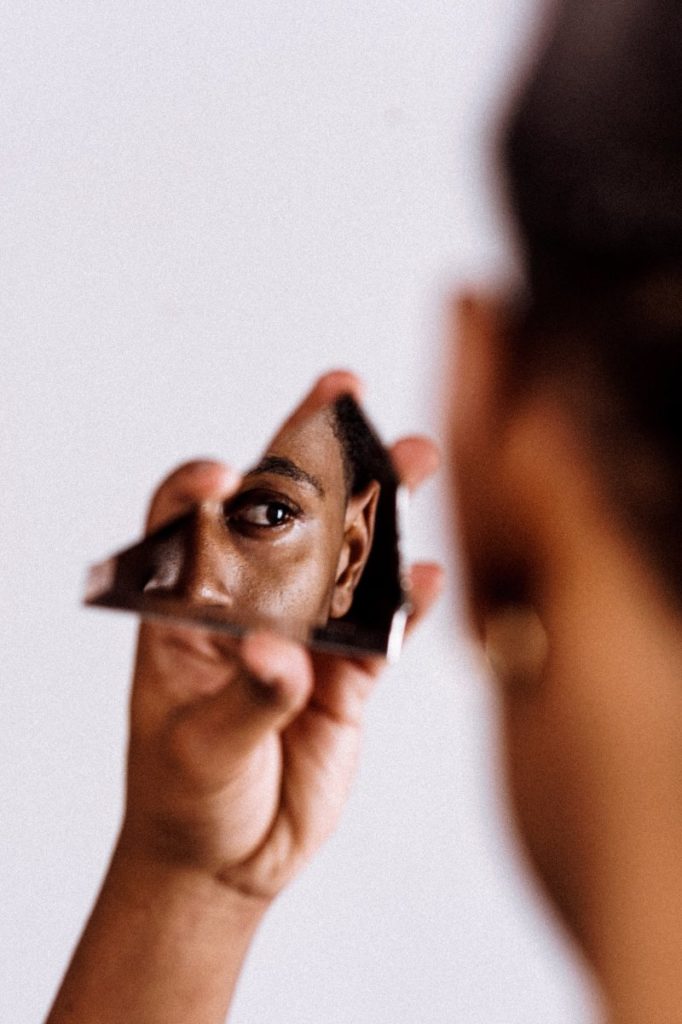Worse than Objects: The Depiction of Black Women and Men and Their Sexual Relationship in Pornography
Niki Fritz et al.
Gender Issues 38 (2021): 100-120, doi:10.1007/s12147-020-09255-2.
Worse than Objects: The Depiction of Black Women and Men and Their Sexual Relationship in Pornography
Niki Fritz et al.
Gender Issues 38 (2021): 100-120, doi:10.1007/s12147-020-09255-2.

A content analysis of 1741 scenes from XVideos and Pornhub found that these pornography sites promote racist stereotypes by depicting black women as targets of sexual aggression and black men as more sexually aggressive and less intimate with their partners than their white counterparts. Depictions of aggression towards women were highest in scenes featuring black couples compared to all other racial pairings. Mainstream pornography normalizes and profits from harmful racist stereotypes.
This quantitative content analysis examined the differences in how black women and men are portrayed in pornography compared to white women and men, specifically looking at depictions of objectification, aggression, and intimacy. Videos were randomly selected from two of the largest online pornography tube sites in the world, XVideos and Pornhub,1 in 2014. The videos were selected from the most populous categories on these two sites (e.g., amateur, anal, black women, big tits, blonde, brunette, ebony, hardcore, interracial, pornstar, teen). A total of 1741 pornography scenes (defined as persons or partners undertaking a sexual experience in the same place) featuring heterosexual couples, including 118 scenes with black women, were included in the final analysis. Scenes involving persons from racial categories other than black or white, as well as involving three or more persons were excluded. Scenes were analyzed for:
The study reported:
It’s important to note that this study’s framing of “objectification” is quite narrow as it included only two sex acts: facial ejaculation and stripping.2 NCOSE does not dispute the categorization of those acts as objectifying but maintains that nearly all pornography is inherently objectifying, since “to objectify is to make or treat something that is not an object as an object, which can be used, manipulated, controlled, and known strictly by its physical properties.”3 This is precisely what pornography does to those depicted in it, most especially women, but with a sexual emphasis. “Sexual objectification” has been described as resulting in the fragmentation of a person so that they exist as a collection of sexual parts/functions rather than as a whole person possessing a unique personality, attributes, and feelings.4 This definition encapsulates vast quantities of pornography. So, we urge that the findings regarding objectification in this study be understood as narrowly focused on two sexual acts, rather than assessing for objectification within pornography broadly.
That critique aside, this study makes a significant contribution to our field by providing evidence that harmful racist stereotypes of black women and black men are common in mainstream online pornography; specifically, that black women are sanctioned targets of male physical aggression, and that black men are more hypersexual (i.e., less intimate and more violent) in their sexual engagement with women, especially so with black women.
Social cognitive theory posits that we learn behavior and habits from society and from the media we consume, which includes pornography. Additionally, this theory holds that we may be more likely to emulate this behavior when it is modelled by identity-salient people (i.e., those in identity-roles to which we give prominence).5 Further, studies have demonstrated the connection between sexually explicit media and pornography use and the perpetration of sexual violence,6 as well as pornography use and sexual violence victimization.7 Thus, it is especially concerning that mainstream pornography websites are normalizing the very violent and sexualized racist stereotypes that may contribute to further harm of black women and men.
The sexual script of physical aggression against black women in XVideos and Pornhub pornography devalues black women and, in our view, contributes to the societal context that puts black women at greater risk for sexual violence8 and homicide by intimate partners9 than other groups of women. Pornography which frames black men as perpetrators of aggression contributes to the stereotype of the violent, sexually predatory, criminal black man. According to social categorization theory, black men may feel pressure to conform to the expected role of the sexually aggressive, violent man, causing harm to black men’s mental health in addition to their partners and families. Additionally, pornography depicts relationships between black couples as more aggressive and less intimate than any other racial couplings, reinforcing stereotypes of detached, aggressive sex for black couples that may lead to sexual and relationship dissatisfaction.
Mainstream pornography perpetuates and profits from harmful racist stereotypes against black women and black men. This content analysis shows that XVideos and Pornhub normalize the degradation of black men and physical violence against women generally and black women especially. We cannot combat racism in other aspects of society while continuing to ignore the blatant racism of the pornography industry.